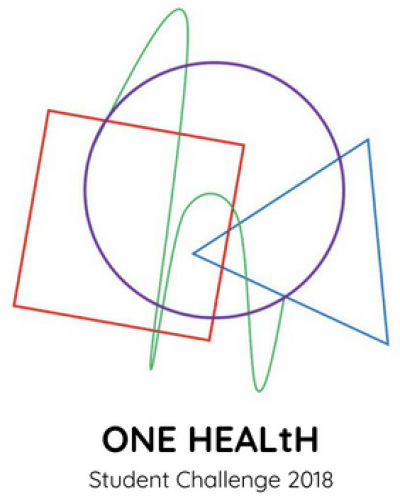 Mitigating the Health Effects of Natural Disasters in Remote Indigenous Communities: A One Health Challenge
Mitigating the Health Effects of Natural Disasters in Remote Indigenous Communities: A One Health Challenge
With climate changes, the planet is prone to increasing numbers of natural events that have disastrous consequences, including droughts, severe hurricanes, floods, and fires. Weather fluctuations are also creating challenges for communities, vocations and ways of living that are dependent on the land. This includes northern communities in provinces like Ontario. By example, the majority of the First Nations communities in Northern Ontario are fly-in only except in the winter, when they are dependent on ice roads for the transport of supplies and major goods; these roads are affected by winter temperatures. Traditional food sources require healthy fish stock on the northern lakes, and access to wildlife (moose, rabbits, water fowl), all of which are vulnerable to changes of temperature that affect entire ecosystems, resulting in diminishing numbers, shifts in migratory paths, or migration to locations with more abundant food sources. In the face of increasing numbers of natural disasters (forest fires, floods), numerous remote communities have had to be air-evacuated; these disasters not only destroy the community’s infrastructure, but also create long and short term conditions that undermine mental and physical health. These events are superimposed on historical trauma and other social determinants of health, including poverty, lack of employment opportunities, and lack of skilled professions and community infrastructure to support well-being. At the same time, many communities maintain strong spiritual faith, a connection to the land, and a growing youth population that is resisting assimilationist national policies.
Your challenge is to develop a framework for a designing a plan to mitigate the physical and mental health risks, and facilitate community rebuilding following a natural disaster, with a particular focus on First Nations communities in Canada’s northern regions. Students must consider the necessary support systems, programs and infrastructure for isolated, First Nations communities to recover from a natural disaster (e.g., forest fires, floods). It is highly important for students to incorporate a recognition of the history and culture of Indigenous communities to ensure the plan is culturally appropriate, respects traditional community practices and customs, and engages community members and leaders.
Your framework will create the building blocks for how to go about designing a comprehensive, community-engaged mitigation plan. This will necessarily incorporate the multiple perspectives that emanate from taking a One Health stance; human health, environmental factors, animals and wildlife. It must be actionable given the range of realities that exist in remote First Nations communities. Your approach must include a plan for engaging and communicating with and engaging various stakeholders.
Although the focus will be on strategies that promote community members’ physical and mental health, there are many gateways by which these aspects of health are linked, such as immunological challenges associated with stress; the risk of viral and bacterial infections associated with degradation of water, waste, and infrastructure; animal concerns such as “Did my dog survive?”, “How has the wildlife been affected?”; and environmental concerns, such as “What toxins are people being exposed to?”. These issues demonstrate how multiple human, ecological, and animal health issues are intertwined. Thus, students must reflect on each component (human physical and mental health, environmental, and animal concerns) in order to build an approach to establishing a comprehensive One Health recovery plan to support community health following disaster.
Final Challenge:
On November 16, each team will present their framework in the form of a communication product (e.g., infographic, poster, bulletin) and oral presentation to a panel of experts. For your oral presentation, you will have 15 minutes to present your ideas, including
- the research and cultural factors considered
- the critical factors that you believe need to be addressed in the short, medium, and term,
- the stakeholders and their roles
- how the plan would be developed
- communication and engagement strategy
Following your presentation, the judges will ask 3-4 questions to further explore your thinking about the issue. The questions will last a maximum of 10 minutes.
Resources
Project Consultant Profiles and Contacts
Articles & Resource Sites
Focus on Climate Change and Mental Health
Mental Health Impacts of Natural Disasters
Epidemics after Natural Disasters
Indigenous Disaster Response – NCCEH
Videos
Wounded Spirit: Forced Evacuation of Little Saskatchewan First Nation Elders
One Health: From Idea to Action